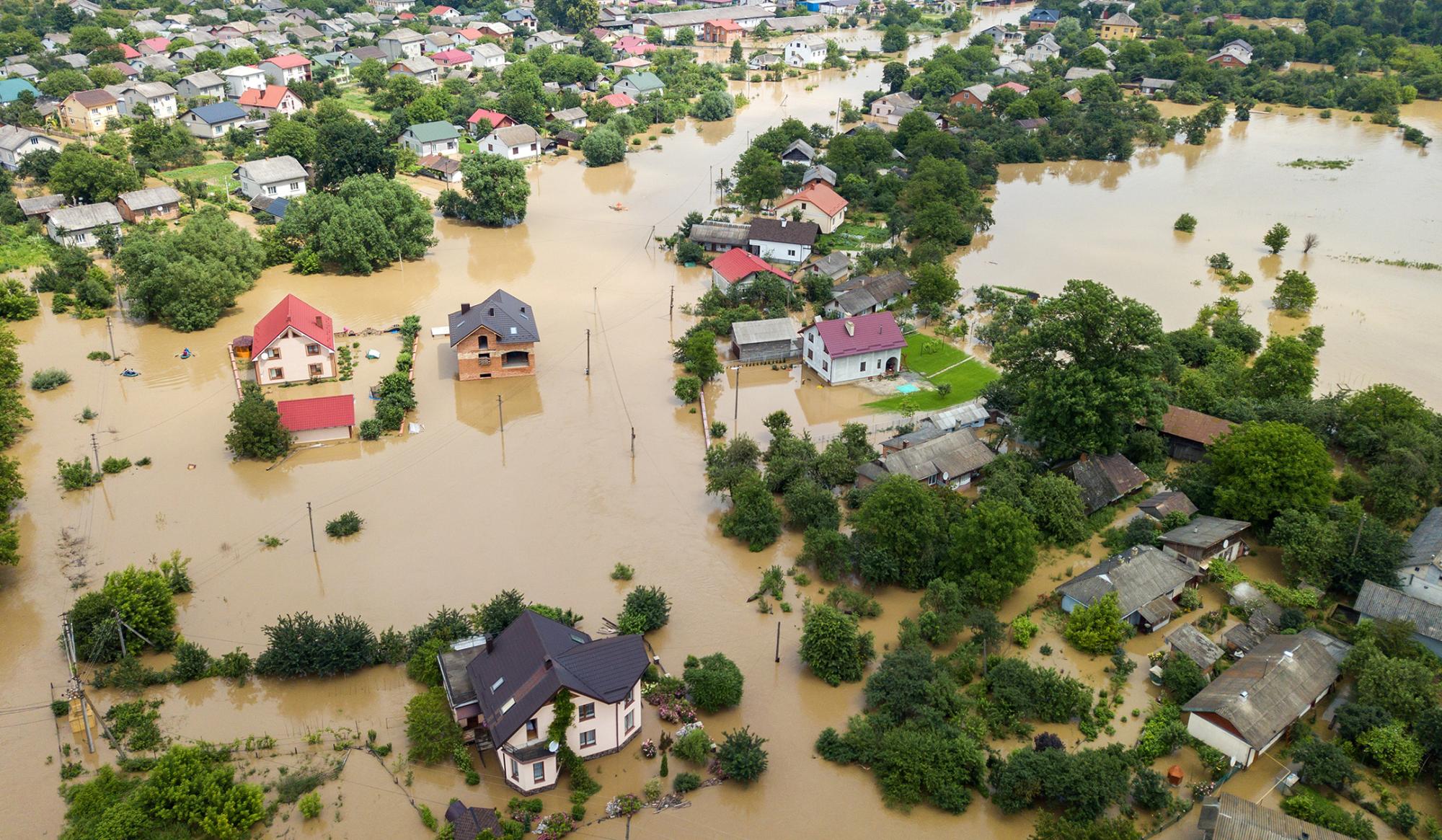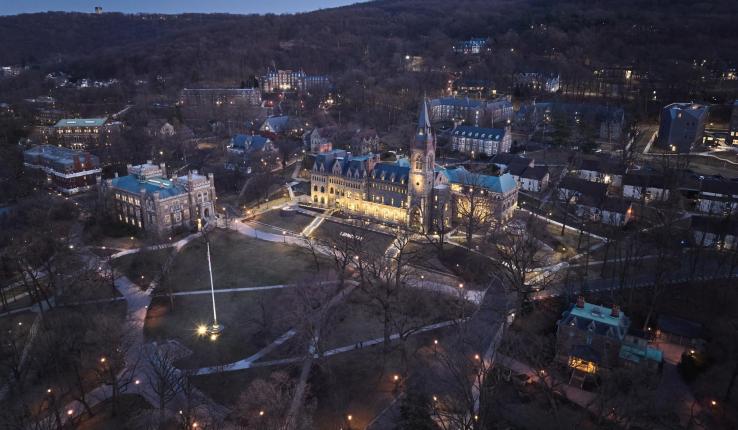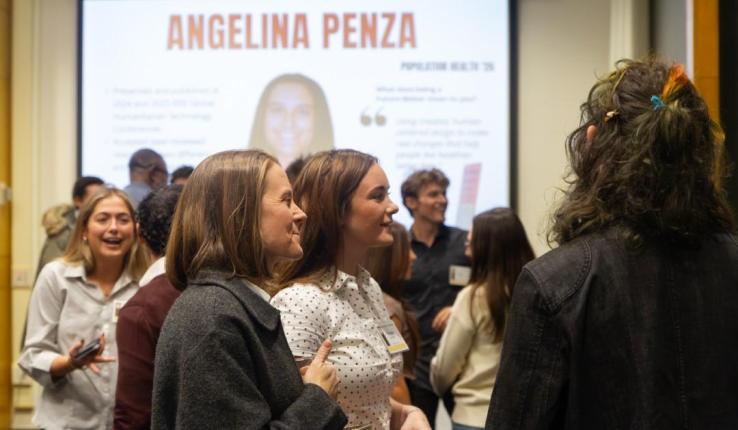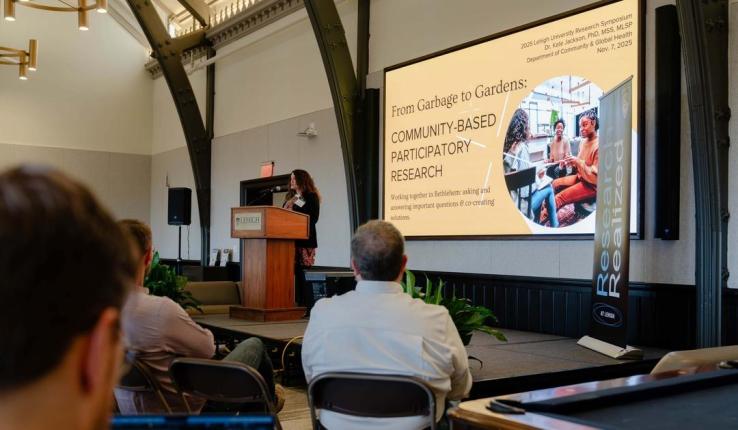Investing in Impactful Research
Lehigh University is committed to research that delivers solutions to practical problems. In February, the university was named an R1 research university by the Carnegie Classification of Institutions of Higher Education—placing us among the nation’s top 187 research institutions. This designation reflects Lehigh’s growing ability to attract top talent and tackle global challenges through groundbreaking research.
One powerful example is the launch of the Center for Catastrophe Modeling and Resilience —the first research center established under Lehigh’s Inspiring the Future Makers strategy. The launch signals the strategic importance of interdisciplinary research in a time of accelerating natural disaster risk, social disruption and infrastructure challenges.
What Makes the Center for Catastrophe Modeling and Resilience Different?
At the heart of the Center’s mission is a simple but profound question: How can university researchers help the private sector to better predict the impact of natural disasters—and use that knowledge to prepare for, withstand, and recover from the next extreme event? The Center incorporates the perspective of the private sector—including insurance companies, which play a crucial role in both risk communication before disasters and financial recovery after them. This holistic approach integrates advanced engineering, natural sciences, behavioral research and big data modeling. These capabilities help governments and private companies proactively design more resilient communities, systems, and policies.
The Center is reshaping the field of catastrophe modeling by:
- Improving predictive models to efficiently analyze simultaneously the impact of a natural disaster on hundreds of thousands of buildings and structures.
- Enhancing algorithms to incorporate physical reconstruction, enabling more accurate simulations of disaster response and losses.
- Creating multi-scale models that allow us to connect Earth-wide trends with extreme weather in a specific region.
- Factoring in human behavior, aiming to predict how people might proactively prepare—not just react—in the face of risk.
- Transferring computational models and tools from the study of natural disasters to other threats to our society, such as epidemics.
Why It Matters: Real-World Scenarios of Risk
The work of the Catastrophe Modeling and Resilience Center isn’t abstract—it responds directly to urgent questions being asked by communities, companies, and governments.
Why can’t homeowners in Florida buy home insurance at any price? Because insurance companies can now predict, with alarming accuracy, the risk that a hurricane and associated flooding will destroy homes.
When a hurricane is rapidly approaching landfall near Savannah, how should a regional power company—or national telecommunications company—deploy people and equipment to ensure the fastest possible recovery?
Or consider a spring storm in Pittsburgh that recently knocked out power to a suburban neighborhood for eight days. Kids missed school, high schoolers missed AP tests and grocery stores slashed prices on perishables so families could restock. In the aftermath, residents asked a simple but pressing question: How can the risk of this happening again be reduced?
These are the kinds of scenarios the Center for Catastrophe Modeling and Resilience is built to address. By blending engineering, data science, and human behavior modeling, researchers are designing tools to help decision-makers anticipate, mitigate, and respond to complex disasters—with fewer losses and faster recovery.
A Collaborative Model for Practical Impact
With strong support from academic peers and industry partners, the Center is already driving cross-sector collaboration. This was most visible at a recent Lehigh-hosted workshop where experts from industry, government and academia convened to discuss shared goals around risk modeling, infrastructure resilience, and data-sharing standards, and plan concrete actions to advance together towards those goals.
Through its collaborations with organizations in the public and private sectors, the Center ensures that the results of its research (models, data, novel techniques and insights) are immediately applied.
Educating Researchers, Advancing Resilience
The Center for Catastrophe Modeling and Resilience is not only a hub for cutting-edge research—it’s also a training ground for the next generation of resilience experts. Its academic programs are designed to integrate students directly into active research efforts, ensuring they contribute meaningfully while developing advanced skills in engineering, data modeling and risk analysis.
One example is Urinrin Otite ’25G ’27 Ph.D., the first student to earn a master’s degree in catastrophe modeling and resilience at Lehigh. Originally from Nigeria, Otite arrived at Lehigh to pursue a doctorate in civil engineering and quickly became involved in research at the Center. Her work—focused on modeling how steel transmission monopoles withstand hurricane-force winds—is part of a larger project on infrastructure resilience and directly contributes to the Center’s mission of helping communities prepare for extreme events. “The program has shaped how I think about engineering problems,” Otite says. “Being part of real research—not just coursework—has helped me see how technical work supports public safety and long-term planning.”
By embedding students in real-world research from day one, the Center strengthens its mission while preparing graduates to lead in academia, industry, and government. Mentorship, hands-on learning and interdisciplinary training ensure the educational program directly fuels both discovery and impact.
Looking Forward: A Network of Innovation
The Center for Catastrophe Modeling and Resilience is just one of three newly named University Research Centers (URCs) under Lehigh’s Future Makers strategy. Alongside it, the Center for Community-Driven Assistive Technologies (CDAT) and the Center for Advancing Community Electrification Solutions (ACES) have been established to further Lehigh’s commitment to high-impact, interdisciplinary research.
- CDAT is exploring innovative ways to improve the lives of people with disabilities through user-informed design and technology.
- ACES is tackling the urgent need for self-sustaining, equitable, and efficient energy systems to serve diverse communities.
Together, these centers demonstrate Lehigh’s belief that research is not just a scholarly endeavor—it’s a public good. Through these initiatives, the university is building knowledge that meets the moment and shapes the future.





